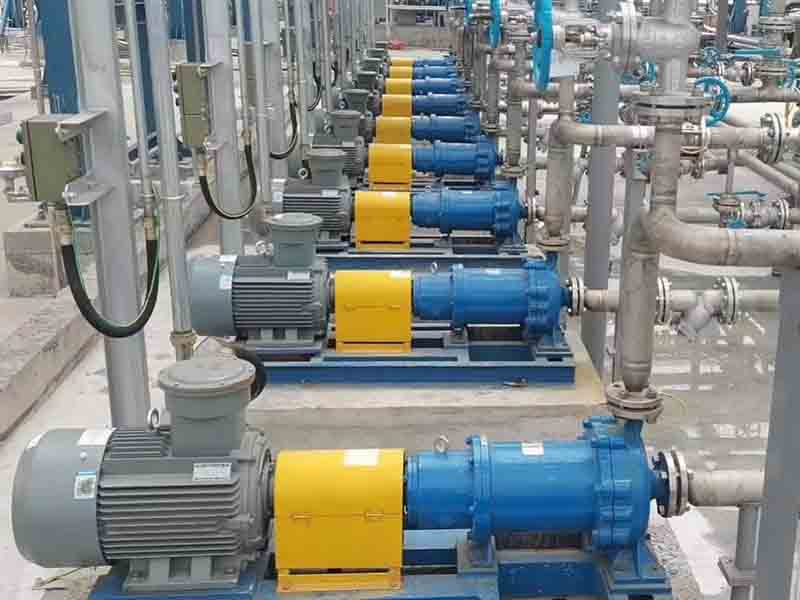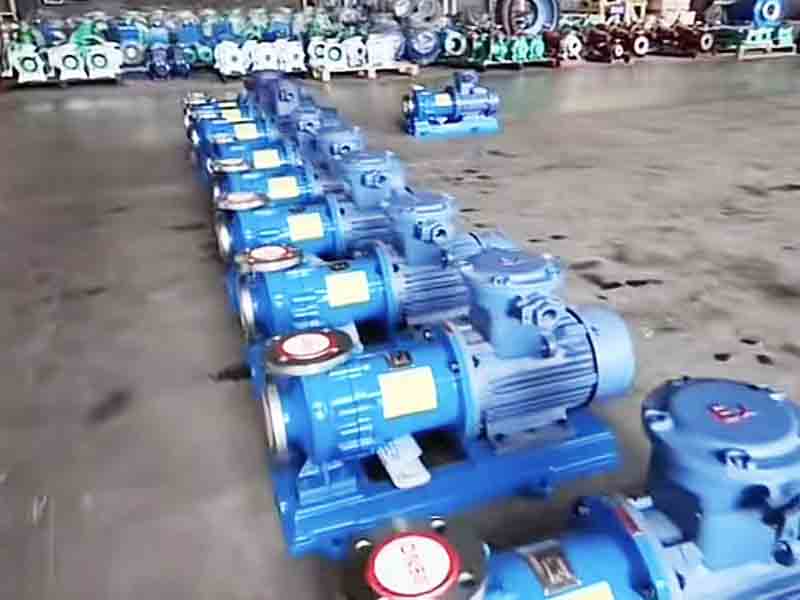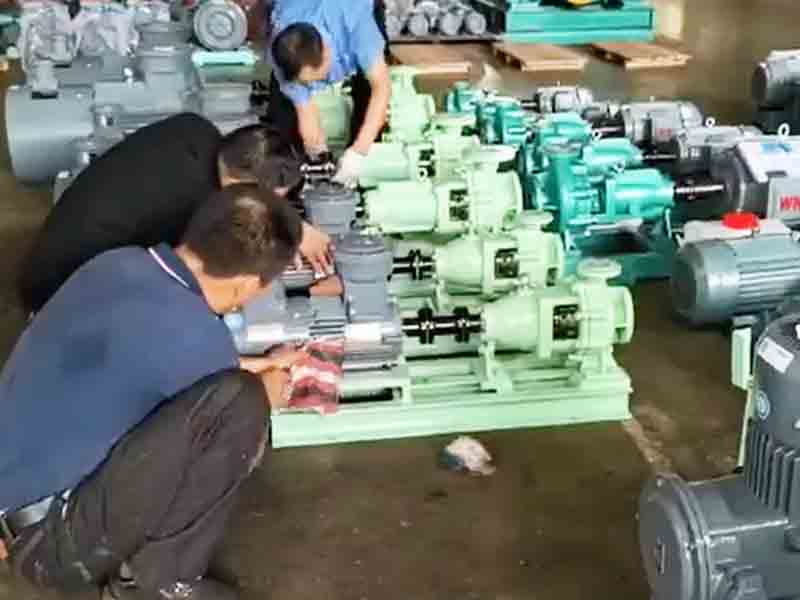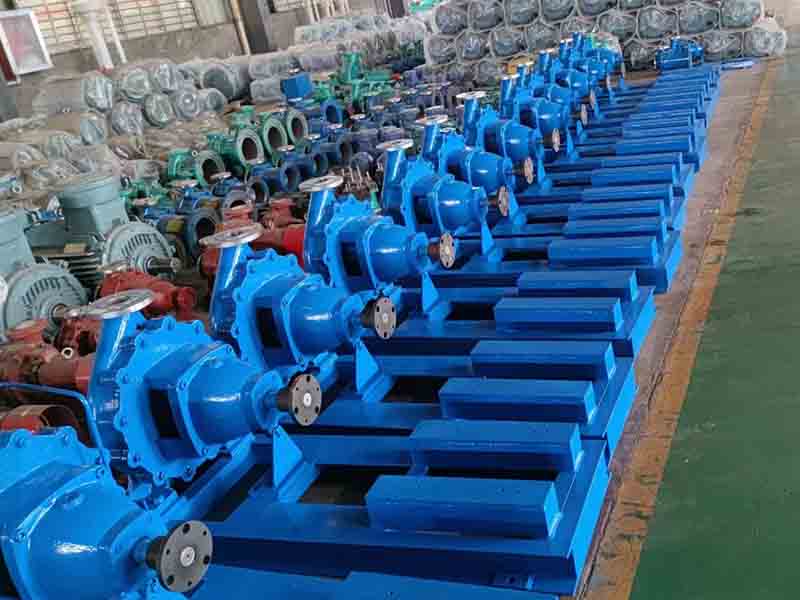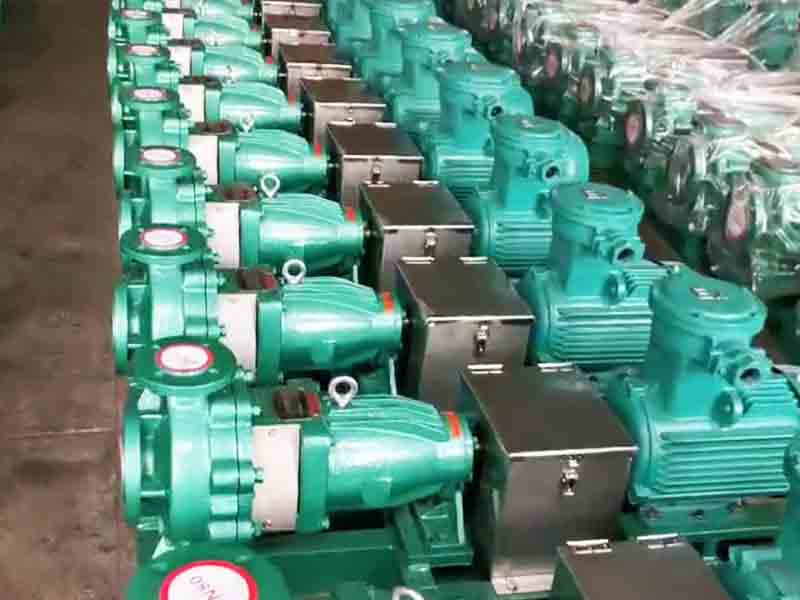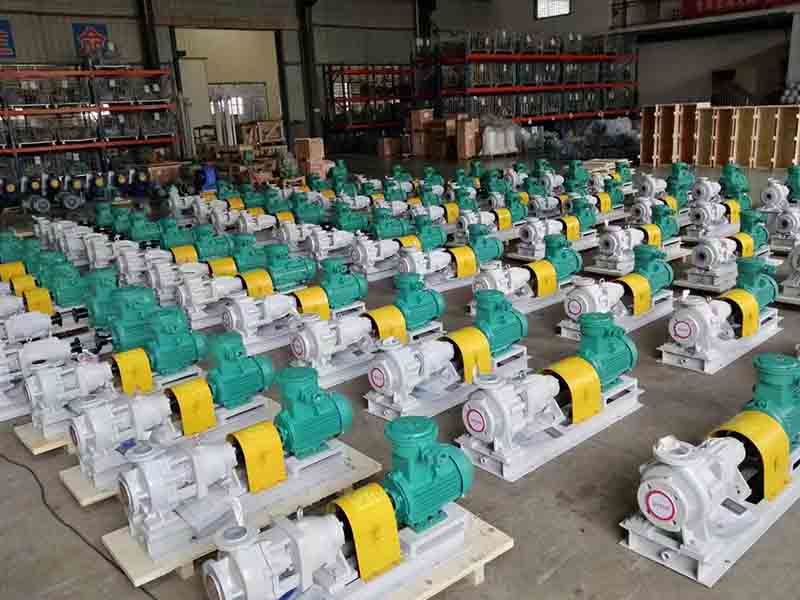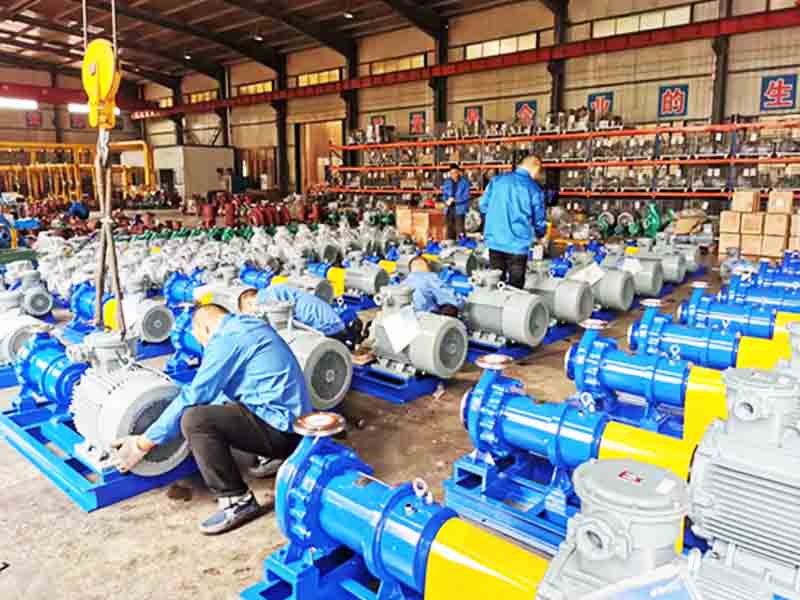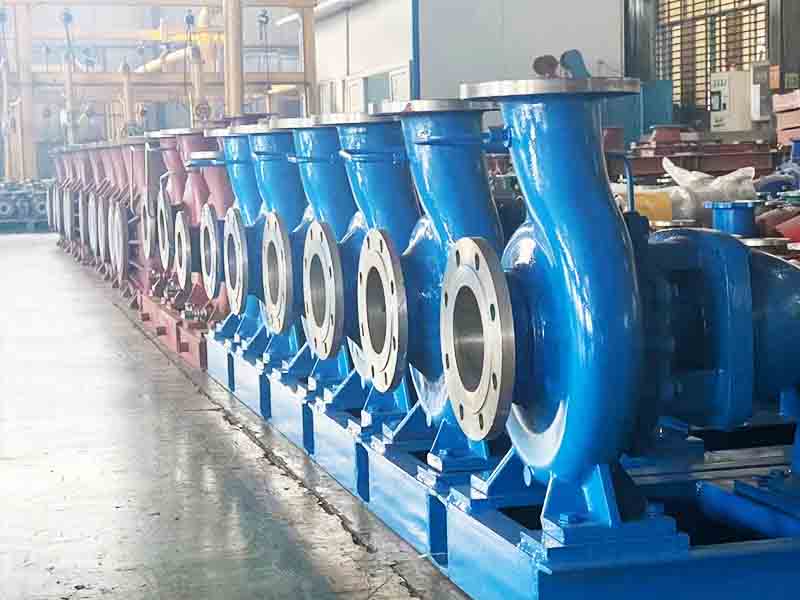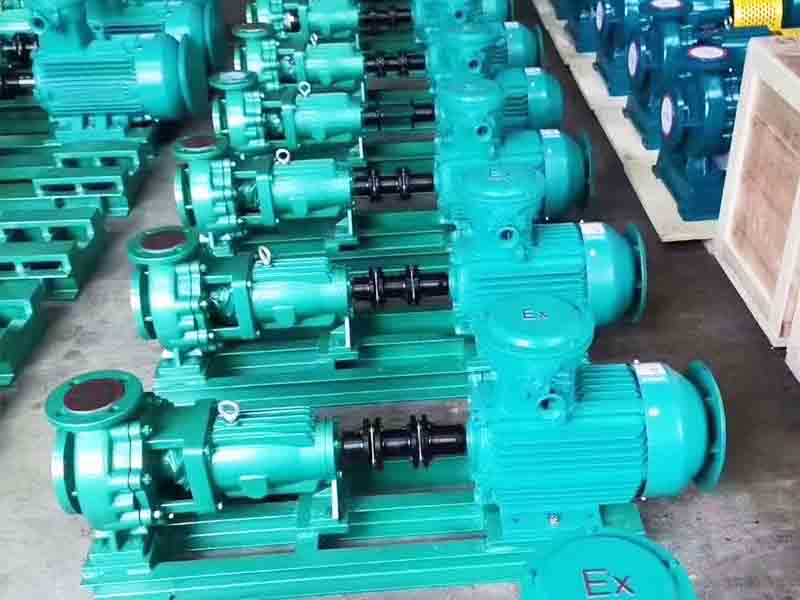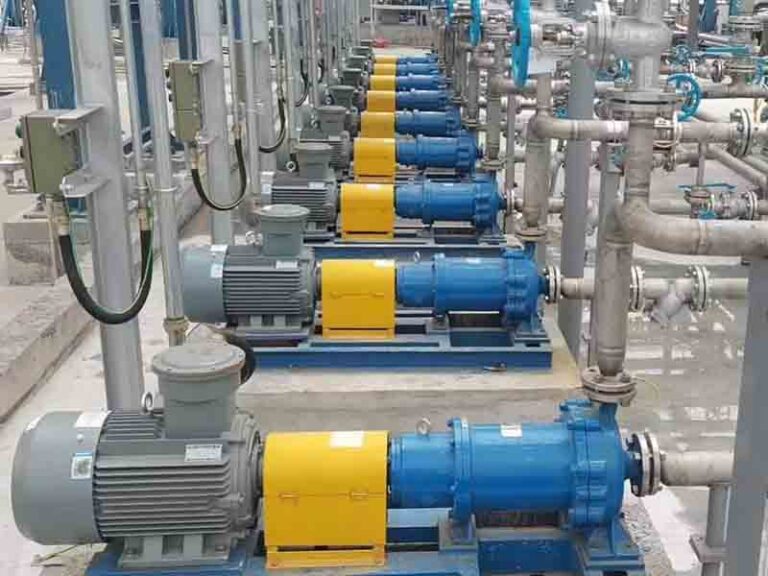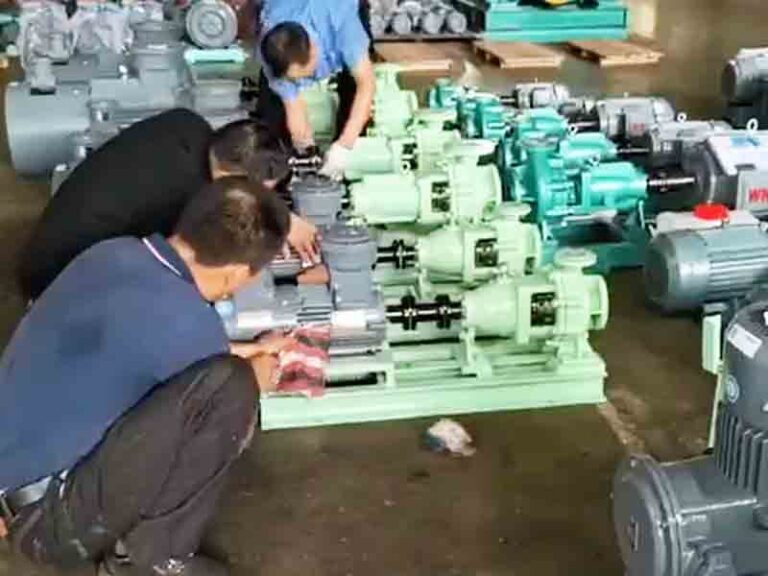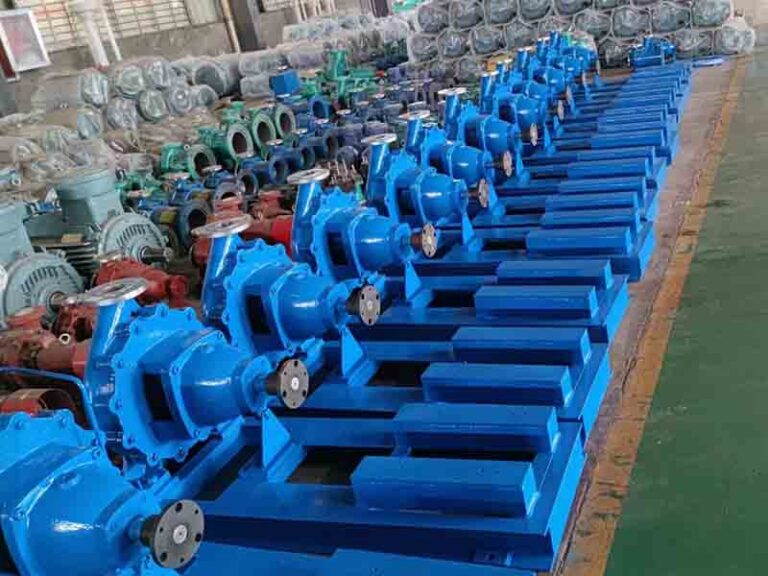In industrial production, the centrifugal pump as the core equipment for transporting fluids, its stable operation is critical. However, the pump cavitation problem is like a hidden “killer”, silently eroding the performance and life of the diesel pump. According to statistics, due to durable centrifugal pump cavitation caused by equipment failure, billions of dollars of losses caused by global industry each year. So, what is pump cavitation? And how to effectively prevent it? In this paper, you will unveil the mystery of pump cavitation, and provide practical prevention strategies.
What is Pump Cavitation
The Scientific Definition
Pump cavitation refers to the process of engine centrifugal pump operation, the impeller around the phenomenon of generating and accumulating a large number of bubbles. When the liquid flows in the pump system, due to pressure changes, these bubbles will form in the liquid. And when the bubbles burst, a high-energy shock wave is generated inside the liquid. This is like throwing a stone into a pond, the stone into the water to produce circular ripples and vaporization bubble explosion is similar. The difference is that a large number of bubbles inside the efficient centrifugal pump generated shock waves, will be in the accumulation of time on the impeller and other pump components caused by erosion.
The Principle of Occurrence
Regardless of the viscosity of the liquid is high or low, in the centrifugal diesel pump conveying process may occur cavitation. When the liquid flows through the impeller, the pressure distribution is uneven, in the lower pressure region, the vapor pressure in the liquid exceeds the local pressure, thus forming bubbles. These bubbles rupture rapidly as the liquid flows to areas of higher pressure.
The Common Causes of Pump Cavitation
Fluid Flow Obstruction
Filter and pipe blockage: filter or screen blockage is a common cause of fluid flow obstruction. Once blocked, the fluid flow is not smooth, it is easy to trigger pump cavitation.
Suction hose problem: suction hose is too soft or broken, in the liquid flow may collapse or leakage. Like sucking a thick milkshake with a thin straw, the straw may collapse due to the viscosity and suction of the milkshake, affecting the normal delivery of liquid.
Improper Rigidity of The Hose
The rigidity of the suction hose can also affect the operation of the centrifugal electronic pump. Overly rigid metal hoses, rigid polyvinyl chloride (PVC) or copper tubing may trigger a water hammer effect, while overly soft hoses are prone to collapse. The ideal choice is to have the appropriate damping effect, both strength and flexibility of the hose, such as built-in metal spring impulse hose, both to ensure the strength, but also to provide the right flexibility.
Influence of Tank Location
Liquid storage tank installation position and the relative height of the pump is critical. When the reservoir is lower than the electronic centrifugal pump, the pump needs to reduce the pressure to suck the liquid vertically. The longer the suction hose, the greater the vertical distance between the reservoir and the electric-driven centrifugal pump, the more likely to form a vacuum, which in turn causes cavitation.
Liquid Temperature Factors
High temperature liquid is also an important cause of Centrifugal impeller pump cavitation. When the liquid is close to the boiling point, additional vapor pressure will be generated. At this point, the use of gravity self-flowing conveyor, will be equipped with high-temperature liquid storage tank set above the Magnetic pump, can effectively avoid cavitation.
The Impact of Pump Cavitation
Produce Noise
One of the most obvious characteristics of pump cavitation is that it produces a loud rattling sound, similar to the sound of pumping gravel or marbles. This is due to the bubble rupture sound, like shaking a jar filled with small stones rattling.
Triggering Vbration
The shock wave generated by the bursting of an air bubble causes the Magnetic chemical pump body and connecting pipes to vibrate. This vibration is similar to the violent shaking that occurs when the load of a washing machine is unbalanced. If left untreated, the vibration can intensify and lead to mechanical failure.
Causes Erosion
The continuous impact of bubble rupture will cause pitting, cracking and even spalling on the surface of the impeller and other components. In the long run, the core components of theNon-leakage magnetic pump will be seriously damaged.
Reduce Performance
Cavitation will lead to a decrease in the flow rate and head of the pump, and the transfer efficiency will be greatly reduced to meet the needs of industrial production.
How To Prevent Pump Cavitation
Prevent Vaporization Cavitation
Reduce the speed of the motor: appropriate reduction in the speed of the pump (RPM), can reduce the generation of bubbles, but at the same time will reduce the flow and head.
Installation of impeller-induced wheel: impeller-induced wheel can improve the liquid suction conditions, improve the pump’s anti-cavitation performance.
Add a booster pump: adding a booster pump in the system can share the pressure of the main Acid-resistant chemical pump and reduce the risk of cavitation of the main pump.
Control the temperature: try to reduce the temperature of the Alkali centrifugal pump body, liquid and other components to reduce the vaporization of liquid.
Increase the level of suction port: Increase the liquid level around the suction port to ensure sufficient supply of liquid.
Increase the diameter of the impeller center hole: in the conditions allow, increase the diameter of the impeller center hole, improve the liquid suction conditions.
Prevention of Turbulent Vapor Erosion
Component evaluation and replacement: Regularly check and evaluate each component of the Corrosion-resistant magnetic pumps system to ensure that it can withstand the flow, volume and characteristics of the liquid, and replace worn or unsuitable components in a timely manner.
Follow performance guidelines: Operate in strict accordance with the chemical pump manufacturer’s performance parameters to avoid overloading.
Increase the suction pipe diameter: appropriately increase the suction pipe diameter of the pump, which can reduce the liquid flow rate and reduce turbulence.
Prevent The Vane Syndrome Vapor Corrosion
Ensure that the clearance between the impeller and the shell is not less than 4% of the impeller diameter, which can effectively prevent the occurrence of vane syndrome vapor corrosion.
Prevent Internal Circulation Vapor Corrosion
Check the discharge valve: open the discharge valve of the pump, check whether there is any blockage, and clean the debris in the downstream filter.
Correctly install the check valve: Ensure that the check valve is installed in the correct direction to avoid liquid reflux due to incorrect installation.
Monitor the discharge pressure: Check the pressure of the discharge line periodically; if the pressure is abnormal, it may be necessary to replace the main pipe or adjust the system operating parameters.
Prevent Air Intake Vaporization
Seal check: Regularly check the joint seals of the suction piping to ensure that there is no aging or damage.
Disposal of foamy liquids: If the liquid produces foam that causes air bubbles to build up, reduce the operating speed of the system or empty the system periodically.
Seal maintenance: Check O-rings and other mechanical seals and replace worn parts in a timely manner.
Piping Inspection: Ensure that piping is free of cracks and erosion to prevent air from entering the system.
Material suitability: Choose the right material for the system to ensure that it can withstand the viscosity, corrosiveness and other characteristics of the conveyed liquid.
How to Identify Pump Cavitation Problems
When the pump cavitates, it usually exhibits symptoms such as noise, vibration and performance degradation. Once the resistant stainless steel chemical pump is found to be running with an abnormal sound similar to pumping stones, or abnormal vibration, flow head reduction, etc., the centrifugal pumps should be stopped immediately for inspection and repair. Early detection and treatment of pump cavitation problems can effectively avoid more serious equipment damage and economic losses.
Conclusion
Pump cavitation is a problem in industrial production can not be ignored, to understand its principles, causes, effects and prevention methods, to ensure the stable operation of the pump is essential. Through regular maintenance, reasonable selection and correct operation, can effectively prevent pump cavitation, reduce equipment failure rate, extend the service life of the mag-drive pumps, for the enterprise to save costs. If you encounter pump cavitation related problems in actual operation, welcome to contact us for professional solutions.


